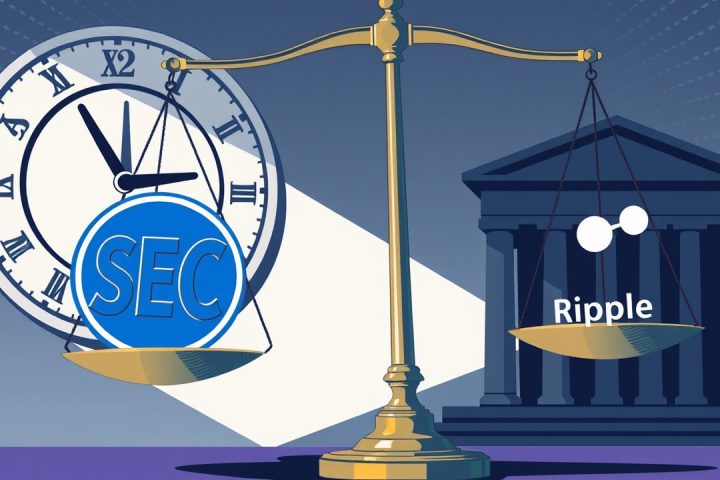IRS Introduces Form 1099-DA for Cryptocurrency Reporting
As the Internal Revenue Service (IRS) rolls out its new Form 1099-DA, aimed at simplifying tax reporting for cryptocurrency investors, concerns have emerged regarding the potential for unintended audits due to incomplete data from exchanges. Tax expert Nick Slettengren, who founded Count On Sheep and previously worked as a CPA with a large accounting firm, warns that this form could put many digital currency users at risk as exchanges often fail to provide accurate cost basis information.
Challenges with Cryptocurrency Reporting
Form 1099-DA is modeled after the traditional 1099-B, which is typically used for reporting stock trades. However, Slettengren highlights the fragmented nature of information in the cryptocurrency sector, suggesting that numerous exchanges are not fully equipped to track users’ asset transactions comprehensively. Consequently, the data they report can be inconsistent, leading to significant discrepancies in tax reporting.
Slettengren provides an example to illustrate the issue: if an individual acquires Bitcoin on Exchange A, then transfers it to Exchange B and sells it, Exchange A might report the transfer as a taxable event or might not retain a record of the original purchase cost. When the sale occurs on Exchange B, it might report the transaction with a cost basis of $0, leading to a scenario where the IRS receives a Form 1099-DA that indicates a considerable taxable gain, despite the individual potentially having little to no profit from the transaction.
This phenomenon can produce “phantom gains,” which could alarm the IRS and trigger audits.
Record Keeping and Compliance
Furthermore, the situation is exacerbated by the lack of requirements for exchanges to exchange information concerning cost basis with one another. The practice of transferring crypto between platforms has become common among traders. A situation might then arise where one exchange considers the transfer as a sale, while another records it as a new asset without an acquisition history, setting the stage for a compliance nightmare that could leave taxpayers either facing audits or overpaying their taxes due to inaccurate reporting.
Given this fragmented reporting landscape, Slettengren emphasizes the importance of cryptocurrency users maintaining meticulous records and being proactive about tracking their transactions. Relying solely on the forms provided by exchanges could leave individuals vulnerable to tax penalties and the stress of IRS audits.
He advises seeking out specialized crypto tax expertise rather than traditional accountants, as many are not equipped to handle the complexities of digital asset transactions. “To accurately reconstruct your cost basis and ensure full compliance with IRS regulations, it’s critical to engage professionals who are experienced in cryptocurrency tax matters,” Slettengren counsels.
Strategies for High-Net-Worth Individuals
For high-net-worth individuals navigating the complexities of crypto taxation, Slettengren shares strategies to mitigate their tax liabilities while ensuring compliance. One effective approach is tax loss harvesting, which entails selling underperforming cryptocurrencies to realize losses that can offset gains in other assets, especially valuable in fluctuating markets. This strategy can also be applied across tax years to reduce taxable income.
Slettengren also advocates the Specific Identification (Spec-ID) method for cost basis modeling, allowing users to choose particular lots of crypto to sell, thus enabling them to optimize their tax outcomes. However, he cautions that recent IRS guidelines make it vital for investors to document the specific coins or lots being sold and, in some cases, to inform the exchange ahead of time to qualify for this method.
Conclusion
As the IRS enforces new regulations and the cryptocurrency landscape continues to evolve, Slettengren’s insights serve as a crucial reminder for investors to remain cautious and informed about their financial decisions in the digital asset space.




